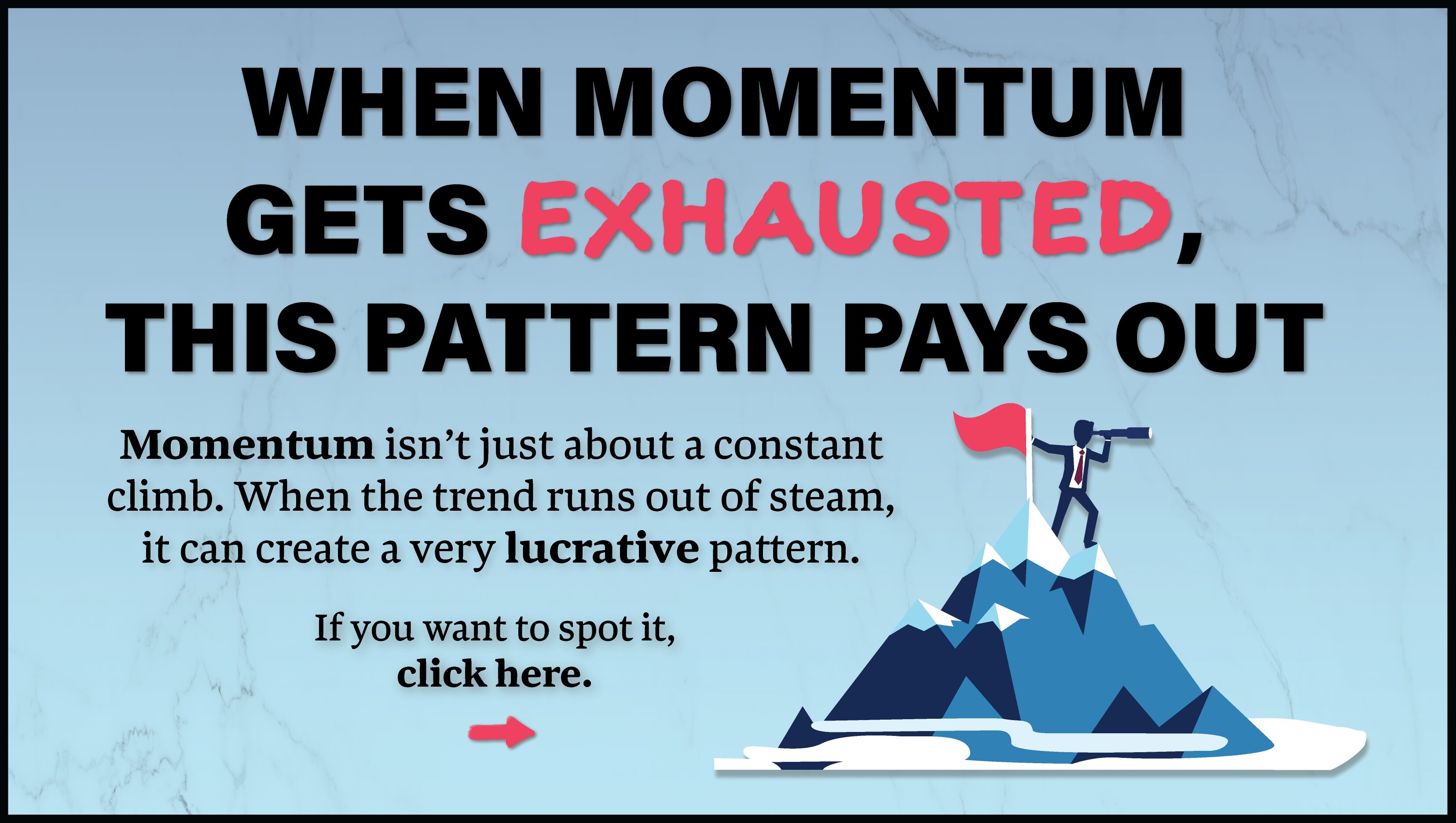by Chris Verhaegh
With Straddles and Strangles, there is no bias in direction. We buy Straddles and Strangles when we expect greater Volatility than the Market has priced in.
We buy Straddles when the stock is at or near the strike price. Since these options are at-the-money (ATM), the Time Value is at its highest (Time Value is ALWAYS at its highest ATM). To offset this, we buy as close to expiration as we can, so there is little Time Value left. The less time left, the less we pay. With a setup close to expiration, we have the most Gamma. So we will purposely try to trade as close to expiration as we can.
Strangles are Non-Directional, just like Straddles. And the same general setups used for a Straddle can be used for a Strangle. There are two major differences. First Straddles MUST be placed when a stock is at or very near a strike price. Strangles have more entry opportunities.
We can use a Strangle when the stock price is in between strike prices. At that time both the Call and the Put used are the same distance away from the strike price. In cases when there are lots of strike prices available when a stock is on a strike price, it may be between two other strike prices, so you could employ a Strangle even then.

While we use Strangles when we’re not set up for a Straddle, we also use them when there is more time before expiration. The further away expiration is, the wider our Strangles can be. But remember, Strangles can be too wide if there’s not enough time for the stock to move.
Straddles cost more, but they come with a guarantee. With a Strangle, the possibility exists that both the Call and Put will expire worthless. Since a Straddle’s Call and Put have the same strike price, that is not possible. Either one of them will be in-the-money (ITM) or both will be at-the-money at all times. Because of this, Straddles have more consistent returns (another reason why they cost more).
When a Strangle works, it produces better returns than a Straddle. It just doesn’t work as often. Straddles are more consistent, so they work better on smaller moves in the market. If you use a Strangle on a smaller move, the likelihood of having both your positions expire worthless is much greater.
Generally, we do not buy Non-Directional trades in the middle of the day (an exception being just prior to a mid-day event such as an FOMC Meeting or Minutes), because they are priced for movement that we don’t get. Most of the movement may have happened already, but the decay hasn’t. We can either trade them at the open and catch all of that day’s price action, or we can trade them at the close and try to catch a gap at the next day’s open.
Where we really start to make some money is when the stock’s move is bigger than what the market anticipates. By using a Straddle and/or Strangle, we don’t care which direction it moves, as long as it moves! The losing side can never go below zero. So if the winning side moves enough, we get an extra profit. This profit kicks into overdrive as Intrinsic Value increases.
If the $50 Call and Put are priced at 25 cents each, then the math is telling us the market is expecting a move no greater than 50 cents. In other words, a low of $49.50 to a high of $50.50. We buy if we feel the stock can move more in either direction.
It doesn’t take a Rocket Surgeon or Brain Scientist to trade Straddles and Strangles. It’s really easy once you realize you have an advantage. Straddles are especially a no-brainer trade. If the stock has a history of moving a dollar a day, I’m not buying a five-dollar wide Strangle. With a Strangle, you need to know how wide you are going to make it.
You can make a living trading Straddles, but you can make a fortune trading Strangles!
The reason we use both Straddles and Strangles for our Non-Directional trades is because we want to make it as easy to have a viable setup as we possibly can. We want narrow targets to make it as easy as possible for our trades to hit them and make money. Using both Straddles and Strangles gives us another tool for doing that.
If a stock is sitting between two strike prices, we will place a Strangle around it: a Call at the strike price above and a Put at the strike price below. If a stock is right on a strike price, we probably don’t want to Strangle it by going up to the next higher strike and down to the next lower strike. That would potentially double the necessary movement the stock has to make in order to hit one of our target strikes. Instead, we’ll Straddle the stock by buying a Call and a Put for the same strike price.
Having said that, I need to insert a caveat here. Sometimes we do buy Strangles that are further out away from the Stock price. This again, is simply a function of the math. If we are expecting a big move, we may buy the further OTM options to lower our cost and increase the leverage.
One last note on trading Straddles and Strangles: The trade isn’t necessarily over once the stock starts moving. We need to learn how to exit the trade. Remember, with a Straddle or a Strangle, we have purchased a Call and a Put. When the stock moves, we could close both of them out, one for a profit and one for a loss. Or we would close the profitable one out and hang on to the “loser” if we perceive the market will swing back the other direction. This happens more frequently than you might think.
Or, imagine we’ve placed a Non-Directional trade in anticipation of an event – like a Non-Farm Payroll report. The report is released – let’s say it’s a good report – and the market moves dramatically up, reaching our Call strike price. We don’t necessarily need to close the trade immediately. We may want to hold onto our position, watching for further movement up, making our Call worth more as it goes. We may even want to place a trailing stop on it to capture as much upward momentum as we can.
The stock market is kind of like a saloon door. Not in that drunkards pass through (although that may be true as well), but in that the hinges swing both ways. And the doors swing hardest and wildest as the crowds increase. Our job is less to figure out which direction the market is going to move, but to discern when the volume of traders is there to make it move a lot.











Recent Comments